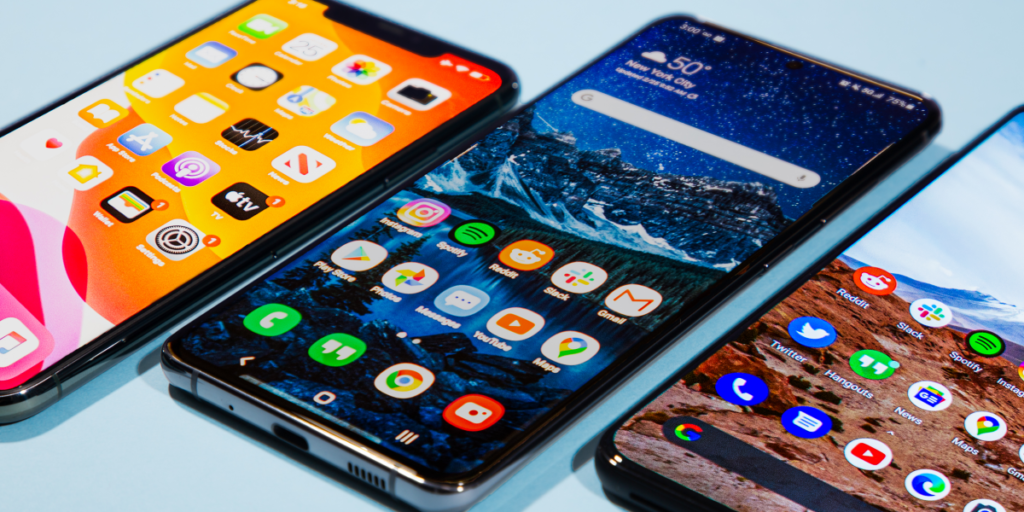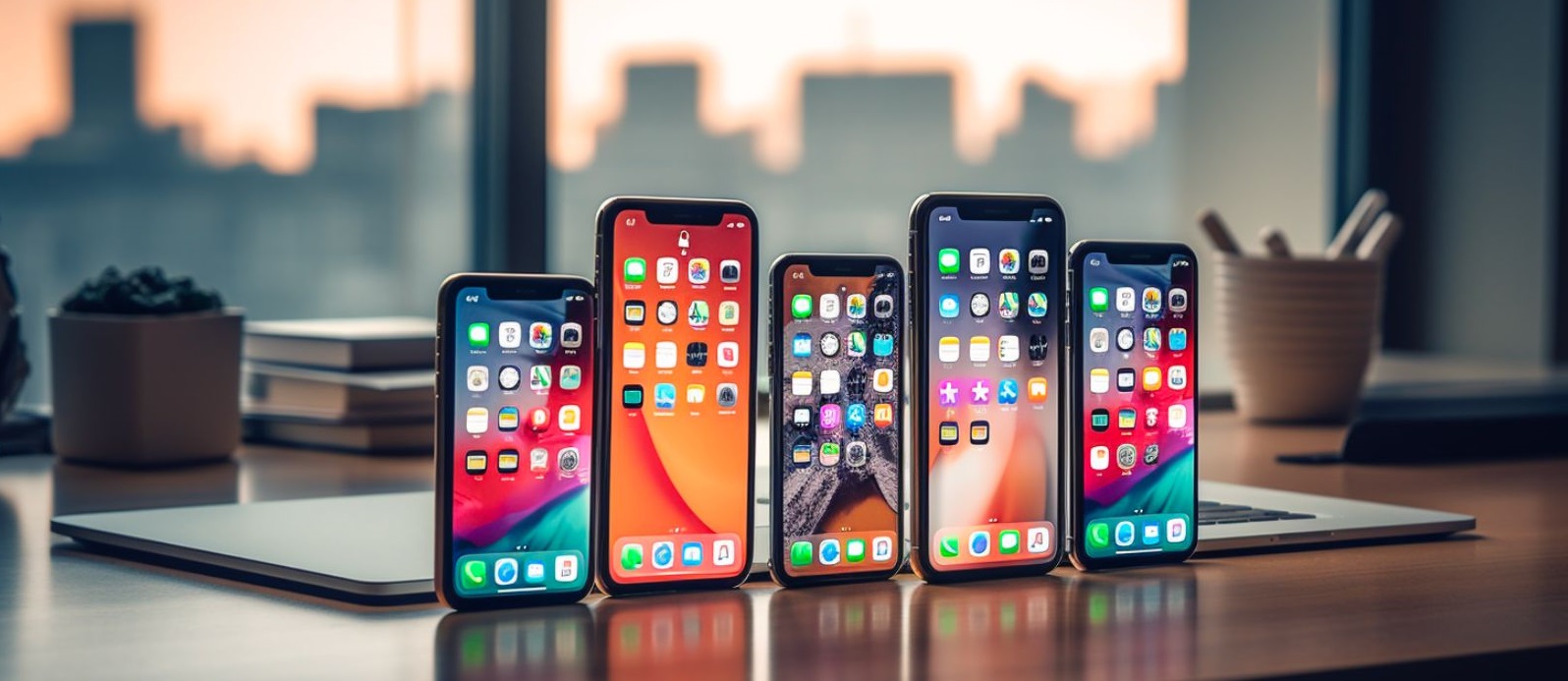As a market researcher, the global landscape for iPhone sales provides an intriguing and complex picture. With Apple being one of the most recognized brands worldwide, the iPhone’s performance varies significantly across different regions and platforms. This article delves into the data-driven analysis of iPhone sales, highlighting the markets where this iconic device has seen the most success.

![]()
Global Sales Overview
Globally, Apple has maintained a stronghold in the smartphone market, with the iPhone consistently ranking among the top-selling devices. According to recent data from IDC, Apple shipped approximately 217 million iPhones worldwide in 2023, securing around 16.6% of the global smartphone market. While these figures are impressive, the distribution of these sales is uneven, with certain countries and regions emerging as particularly strong markets for the iPhone.
United States: A Dominant Market
Unsurprisingly, the United States remains Apple’s largest market for iPhone sales. In 2023, the U.S. accounted for nearly 40% of all iPhone sales globally, translating to approximately 87 million units. This dominance is driven by several factors, including a strong brand loyalty among American consumers, extensive carrier partnerships, and Apple’s ecosystem integration, which encourages repeat purchases.
Apple’s strategic pricing and trade-in programs also play a significant role in sustaining high sales in the U.S. For instance, the iPhone 14 series saw a significant uptake, particularly the iPhone 14 Pro models, thanks to features like the Dynamic Island and an improved camera system. The introduction of 5G further bolstered sales, as many consumers saw this as a key upgrade.
China: A Crucial Growth Market
China represents Apple’s second-largest market, accounting for roughly 25% of global iPhone sales. Despite facing stiff competition from domestic brands like Huawei, Xiaomi, and Oppo, Apple has carved out a niche among affluent consumers in China. In 2023, iPhone sales in China reached approximately 54 million units.
Apple’s success in China can be attributed to its strong brand positioning as a premium product, coupled with strategic initiatives like offering localized content and services through the App Store. The launch of new models, such as the iPhone 14, is often met with substantial demand in China, driven by a combination of brand loyalty, status symbol appeal, and the desire for the latest technology.
Europe: A Mixed Bag
In Europe, the iPhone’s market performance varies significantly across different countries. Overall, Europe accounted for about 20% of global iPhone sales in 2023, equating to roughly 43 million units. The United Kingdom, Germany, and France are among the strongest markets in the region.
The UK leads the way, with nearly 10 million units sold in 2023. The popularity of the iPhone in the UK is bolstered by a competitive carrier market, where subsidized contracts make high-end models more accessible. In Germany, iPhone sales are similarly robust, driven by a growing preference for premium smartphones among consumers.
However, in some Southern and Eastern European countries, the iPhone’s market share is less dominant. In these regions, the higher price point of the iPhone compared to Android alternatives is a significant factor limiting its penetration.

India: A Market with High Potential
India represents one of Apple’s most promising growth markets, though it currently accounts for a smaller share of global iPhone sales, around 5% in 2023, translating to roughly 11 million units. Despite the relatively low market share, Apple has been making strategic moves to increase its presence in India, including opening Apple Stores and expanding local manufacturing to reduce costs and prices.
The iPhone’s market in India is characterized by its appeal to the urban middle and upper-middle-class consumers who value brand prestige. The introduction of financing options and trade-in programs has also helped make iPhones more accessible to the Indian market.
Japan: A Unique Market
Japan is another key market for Apple, accounting for about 8% of global iPhone sales, which equates to approximately 17 million units in 2023. The iPhone has a unique position in Japan, where it enjoys a market share of over 50% among smartphones, significantly higher than in many other regions.
The success of the iPhone in Japan is largely attributed to strong carrier partnerships and the cultural affinity for high-quality, reliable technology. Apple’s focus on product quality and user experience resonates well with Japanese consumers, making it the preferred choice for many.
Online vs. Offline Platforms
In addition to geographical differences, the platform through which iPhones are sold also varies significantly. In markets like the U.S. and Europe, a substantial portion of iPhone sales occur through carrier partnerships and retail stores. Apple’s own stores and website also contribute a significant share, particularly in countries where these outlets are well-established.
In contrast, in regions like China and India, online platforms play a crucial role in iPhone sales. E-commerce giants like JD.com, Tmall, and Flipkart are key players in these markets, offering not only competitive pricing but also the convenience of home delivery and financing options.
Conclusion
The iPhone’s sales distribution reflects Apple’s ability to adapt its strategies to different markets and consumer preferences. While the U.S. and China remain the largest markets, regions like Europe and emerging markets such as India and Southeast Asia offer significant growth potential. Understanding the dynamics of each market is essential for Apple as it continues to expand its global footprint and maintain its position as a leader in the smartphone industry.


